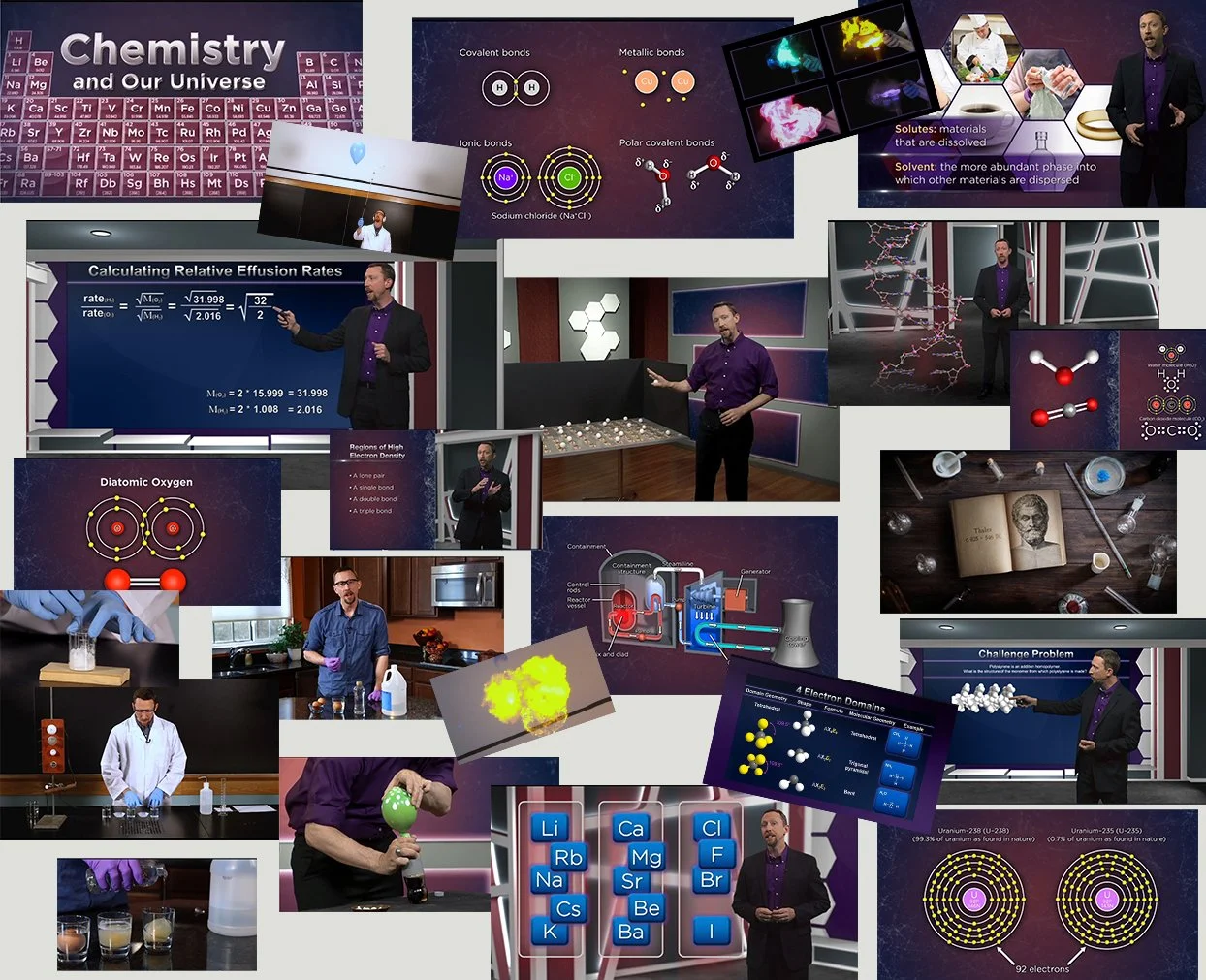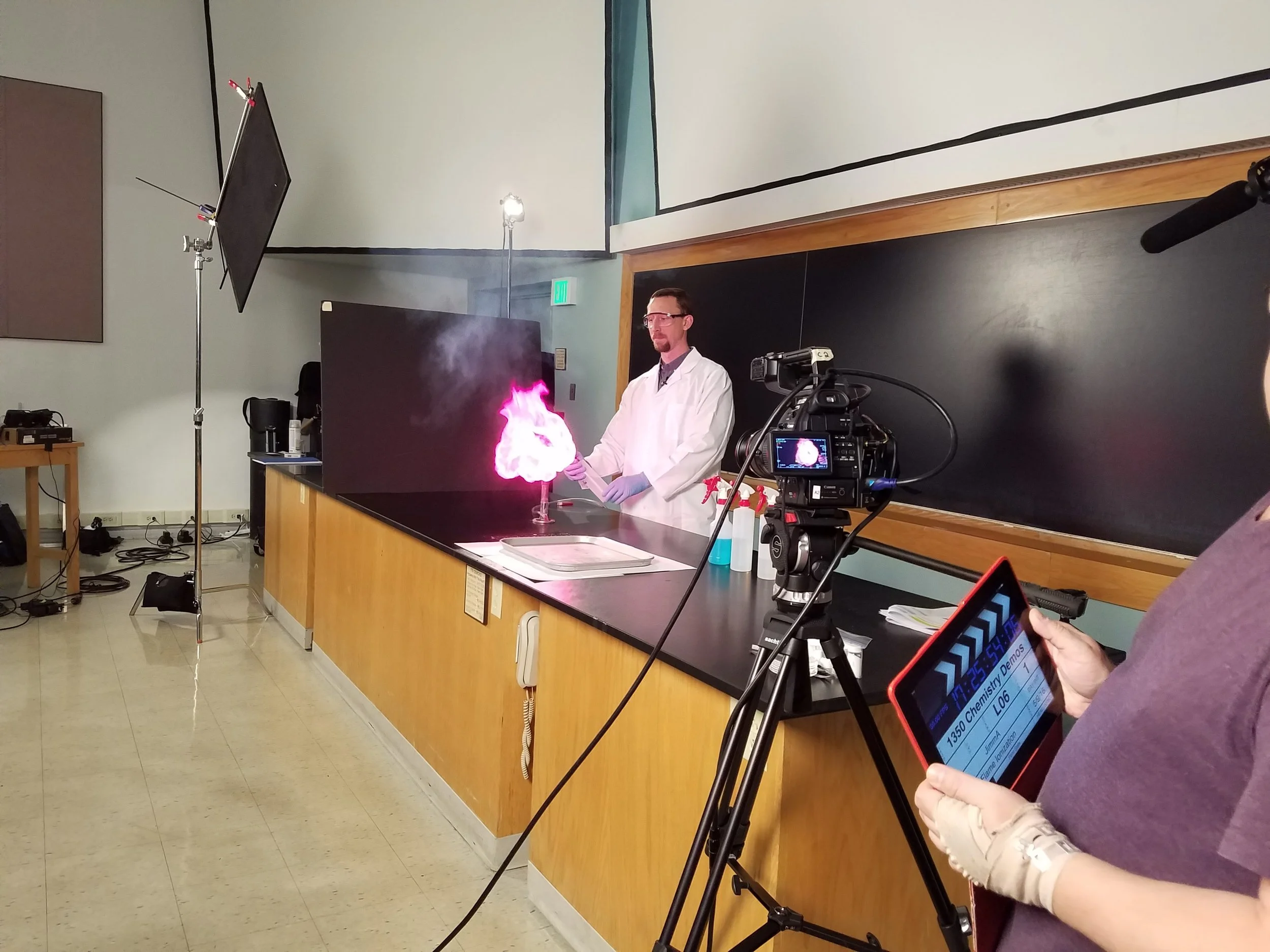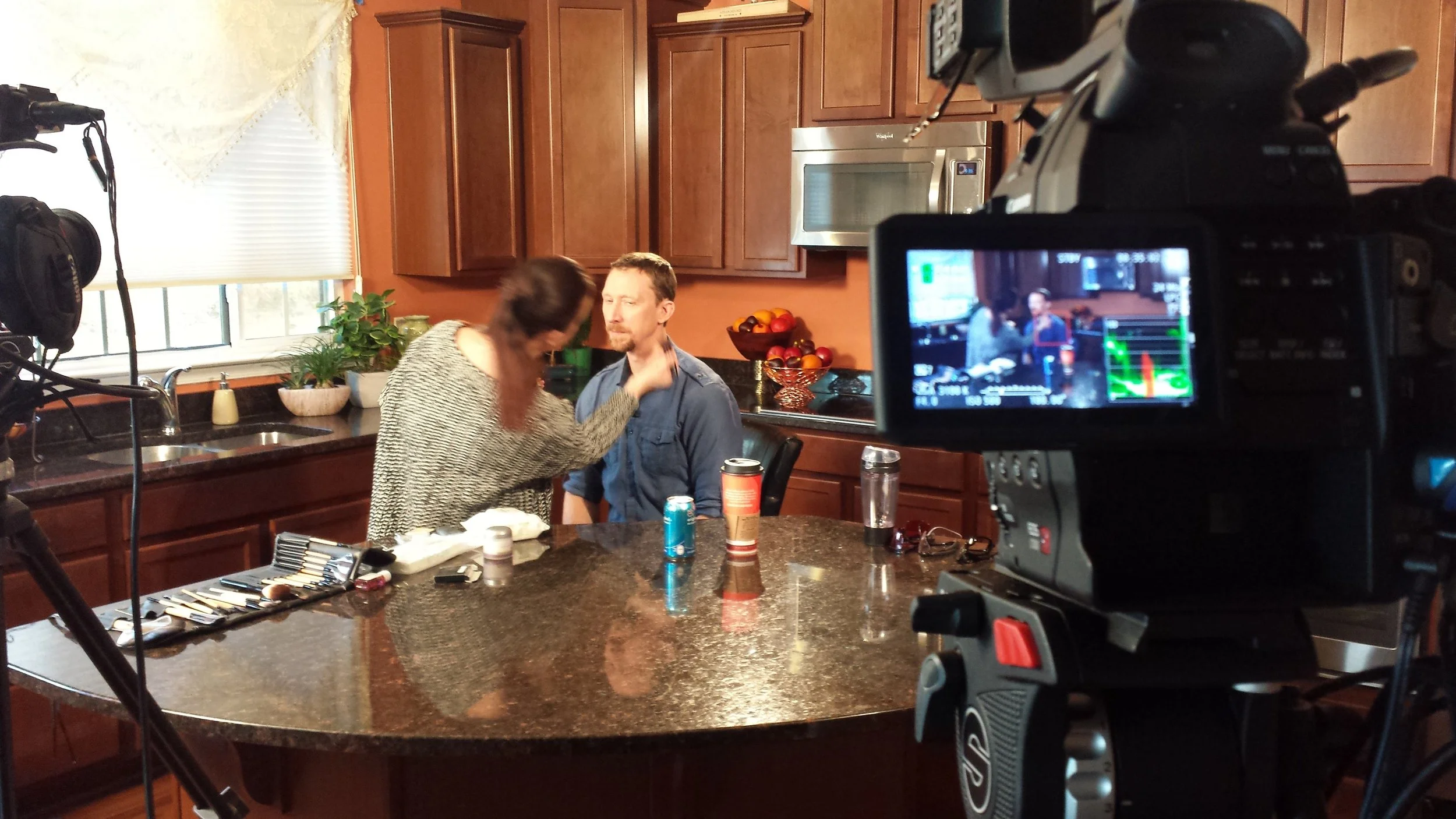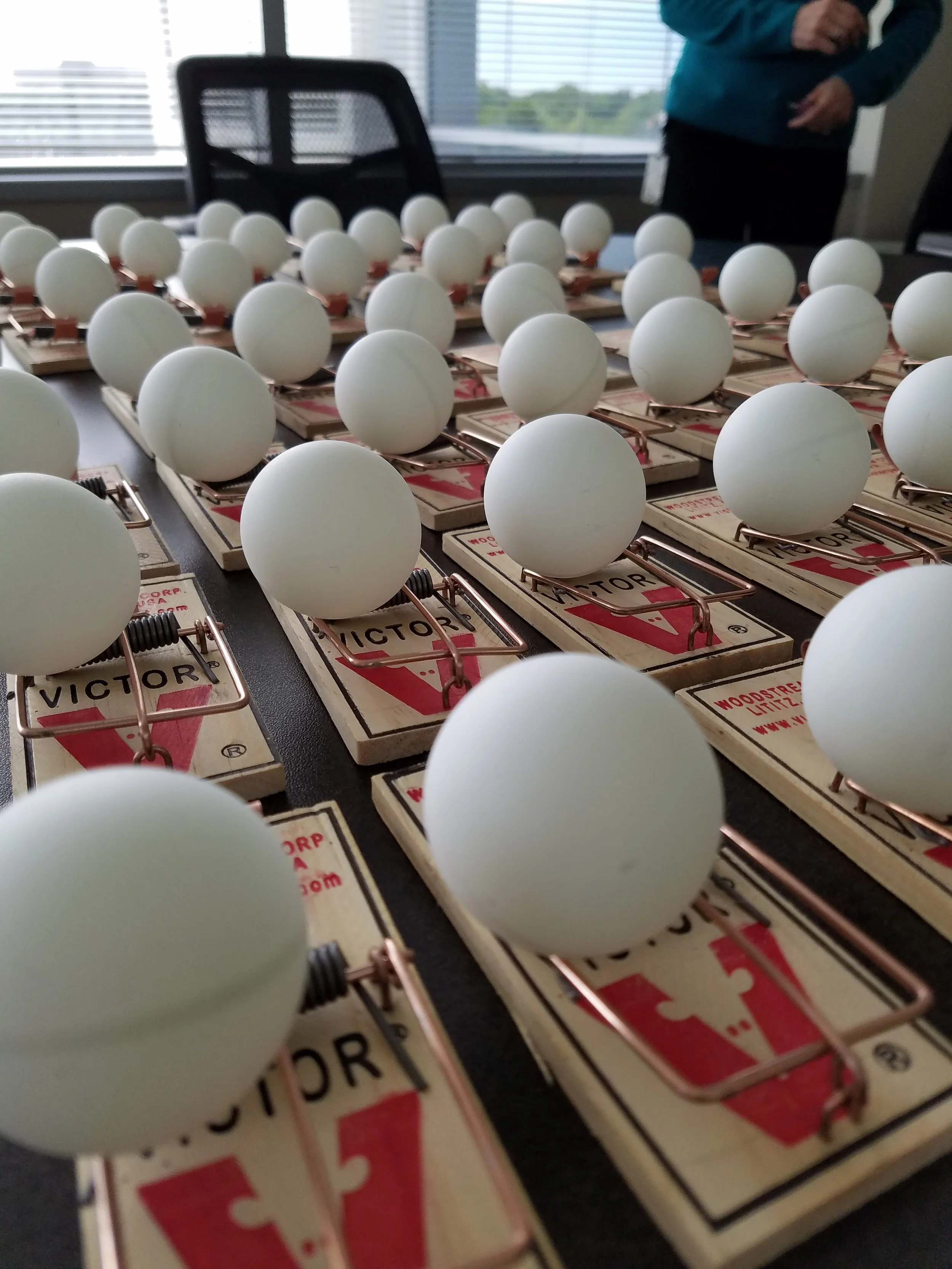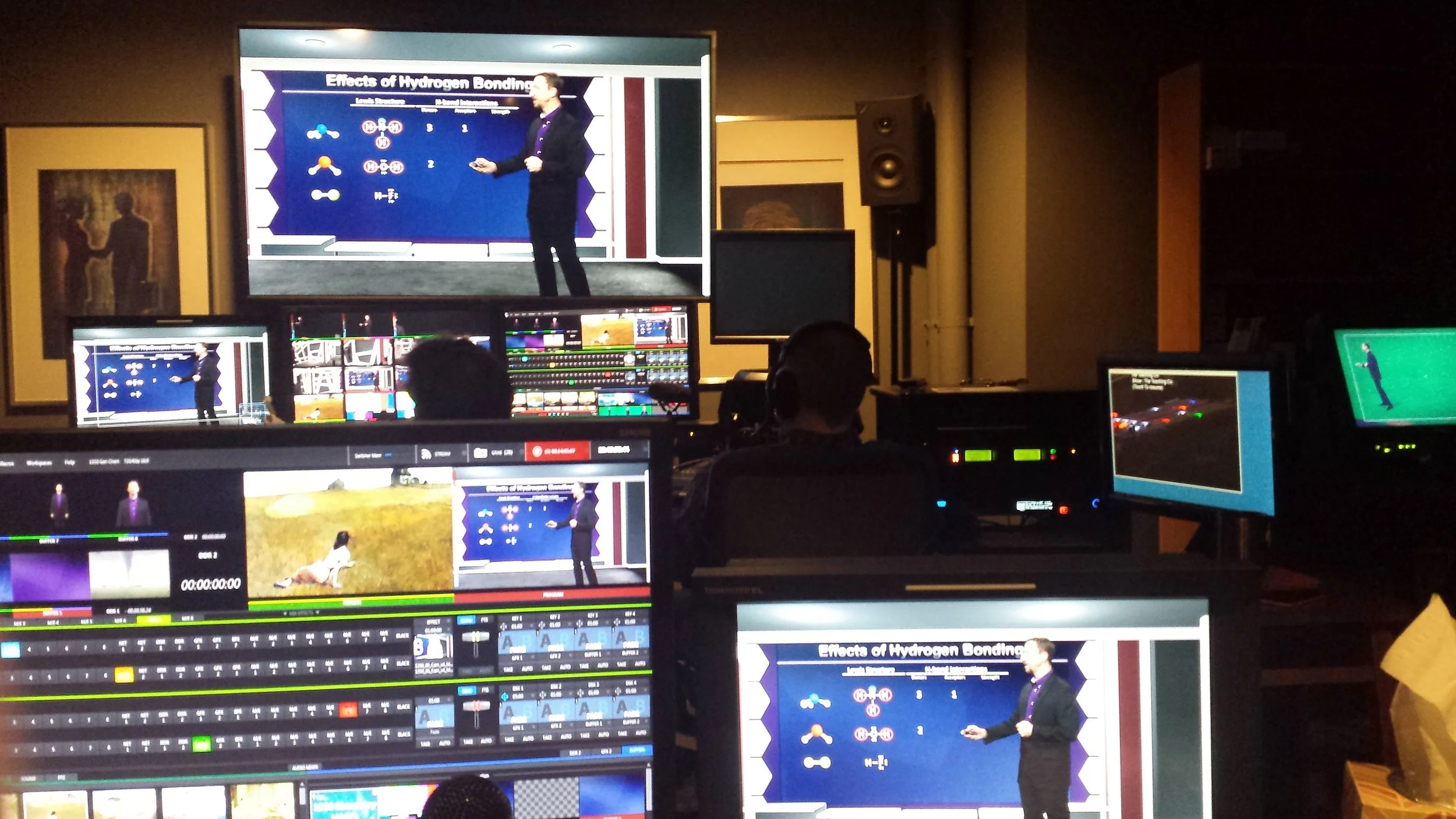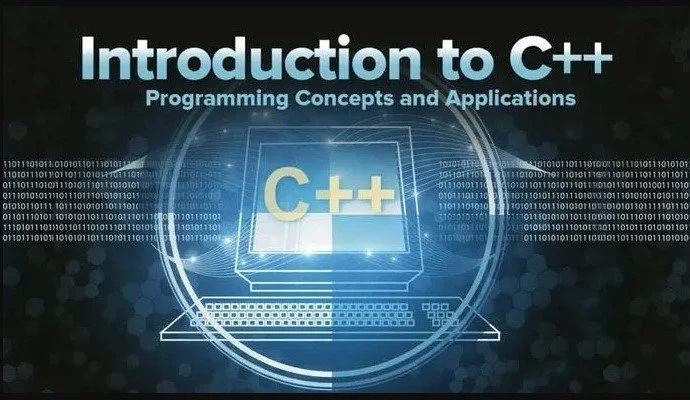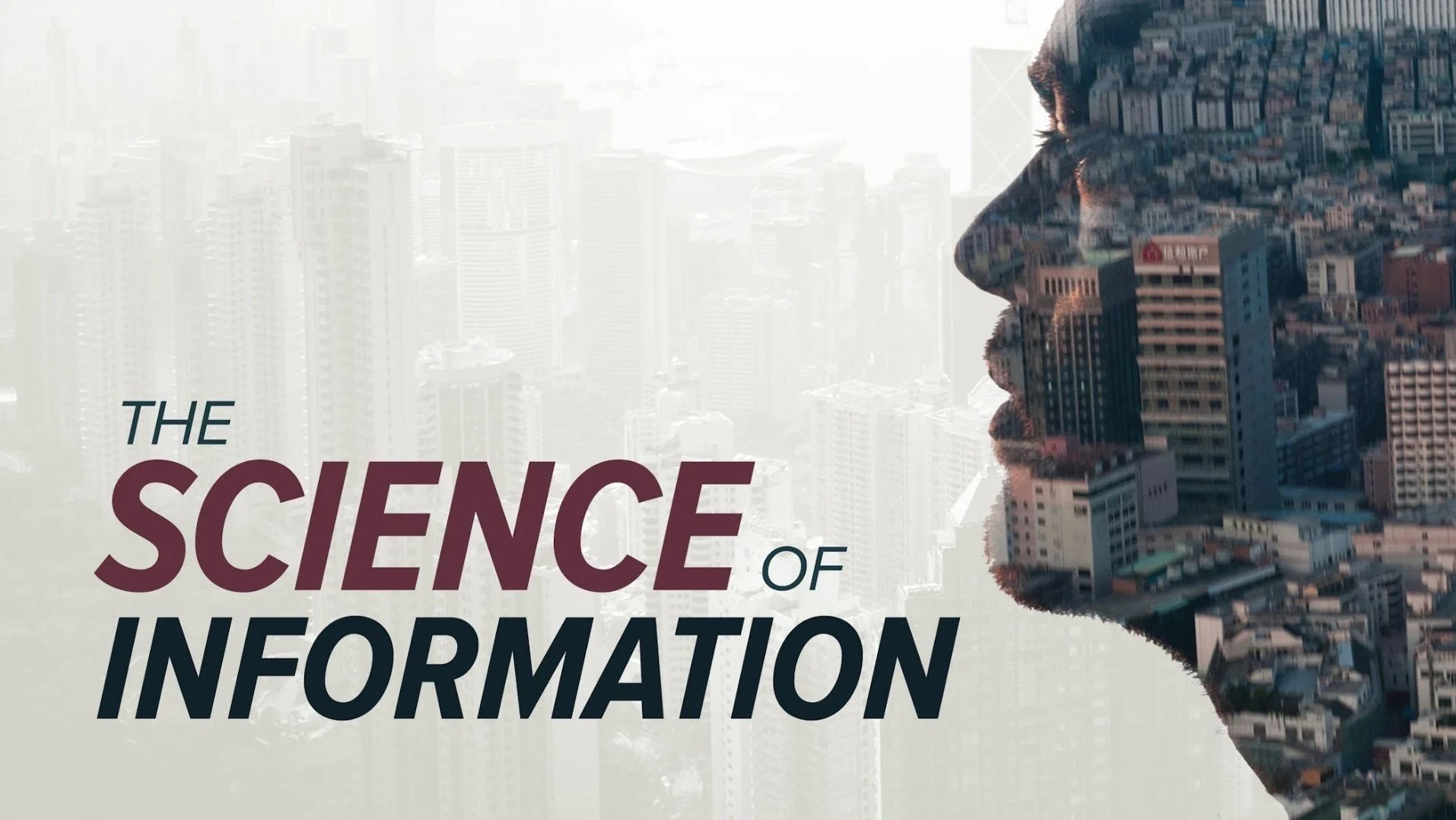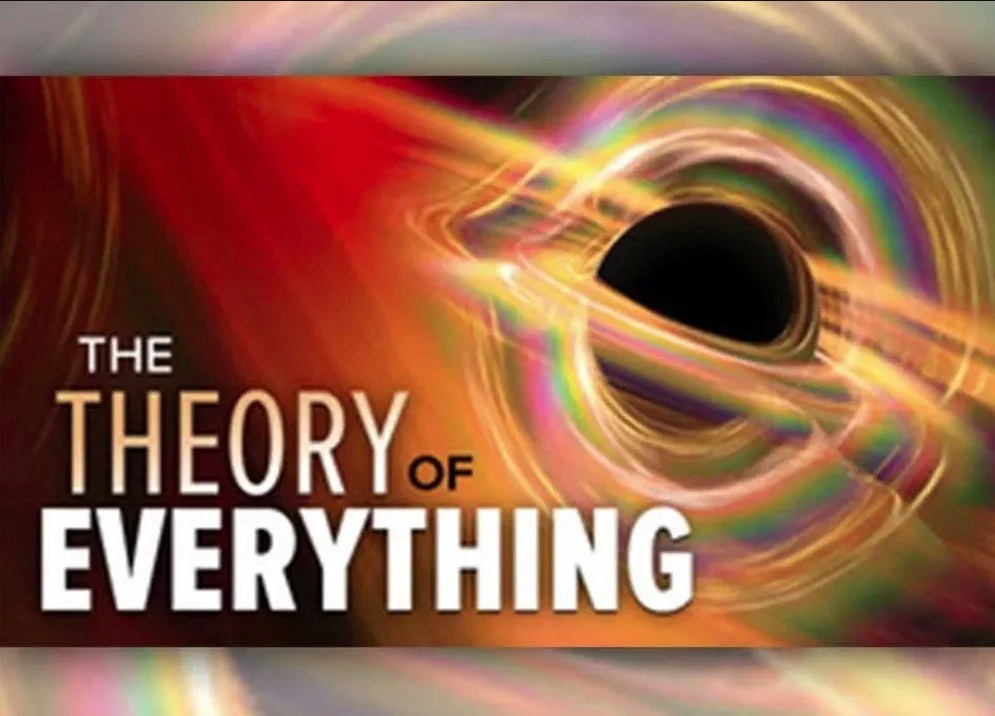
We live in a society exquisitely dependent on science and technology, in which hardly anyone knows anything about science and technology.
Carl Sagan
Scroll ↓
Chemistry and Our Universe: How It All Works
Chemistry is the study of matter and energy at the scale of atoms and molecules. Covering a year's worth of introductory general chemistry at the college level, plus intriguing topics that are rarely discussed in the classroom, this visually engaging and comprehensive course requires nothing more advanced than high-school math and is suitable for any science background.
How We Move: The Gross Anatomy of Motion
Look inside the human body as never before, discovering your gross anatomy, the parts of the body that can be seen with the unaided eye—your macroscopic body. In this series, you will view graphics, photos, videos, and the digital autopsy table called “Anatomage,” to help your understanding of the topics covered. Professor Elizabeth A. Murray, of Mount St. Joseph University, will take you on a journey through the major regions of the body in all their complex grandeur. It’s safe to say that you’ve never seen anything like it! In 24 fascinating episodes, Dr. Murray shares her passion for the form and function of the human body—a passion that becomes contagious.
Examining the Big Questions of Time
Produced in partnership with the venerable Scientific American magazine, the 12 eye-opening episodes of Examining the Big Questions of Time explain how philosophers, physicists, cosmologists, and neuroscientists have wrestled with the deeper meanings of time and what their research has contributed to our collective understanding of it. With Laura Helmuth, editor in chief of Scientific American, this series challenges you to leave your assumptions about your personal temporal existence at the door and to allow your mind to be pushed to the farthest frontiers of the past and future—even to the edge of the universe.
Introduction to C++: Programming Concepts and Applications
Considering how many hours we spend with computers—phones, laptops, even “smart” screens on our home appliances—it’s easy to feel like they control us. But, in fact, we control them. Or, we do if we know how to use them. And among the array of programming languages designed to get computers doing exactly what we want, C++ ranks as one of the most efficient, powerful, and popular. This series is a 24-episode, step-by-step guide to this celebrated computer language, which is well suited to a multitude of coding projects.
The Science of Information: From Language to Black Holes
The science of information is the most influential, yet perhaps least appreciated field in science today. Never before have we had access to such vast quantities of data of every kind. This revolution goes far beyond the limitless content that fills our lives, because information also underlies our understanding of ourselves, the natural world, and the universe. It is the key that unites fields as different as linguistics, cryptography, neuroscience, genetics, economics, and quantum mechanics. And the fact that information bears no necessary connection to meaning makes it a profound puzzle that people with a passion for philosophy have pondered for centuries.
The Science of Gardening
When scientists examine home gardens and landscapes, one fact stands out: The leading cause of landscape failure is not disease and it's not pests-it's our own gardening practices. The Science of Gardening will help you create a beautiful and sustainable home garden guided by the newest information from applied plant physiology, biology, soils science, climatology, hydrology, chemistry, and ecology. From now on, you won't need a green thumb to get your garden to grow; you'll have science on your side
The Theory of Everything: The Quest to Explain All Reality
The unifying theories of physics are among the greatest and most complex in all of science; they stand as incomparable masterpieces in the gallery of modern thought. As you experience them, you will witness their progression toward ever-grander insights, pointing towards an as-yet-unfinished ultimate synthesis that will transform our understanding of the universe. Anyone, no matter what their training in science and mathematics, can appreciate this quest, which is nothing less than a search for the theory of everything.
Physics and Our Universe: How It All Works
Discover the beauty and simplicity of science's most fundamental branch with Physics and Our Universe: How It All Works. Intensively illustrated with diagrams, experiments, animations, graphs, and other visual aids, these 60 programs introduce you to scores of fundamental ideas such as Newtonian mechanics, waves and fluids, thermodynamics, electricity and magnetism, optics, and relativity and quantum theory.
Full list of programs…
How We Move: The Gross Anatomy of Motion
Examining the Big Questions of Time
Introduction to C++: Programming Concepts and Applications
The Science of Gardening
The Theory of Everything: the Quest to Explain All Reality
Chemistry and Our Universe: How it All Works
The Science of Information: From Language to Black Holes
An Introduction to Infectious Diseases
Foundations of Organic Chemistry
Understanding the Inventions That Changed the World
What Science Knows about Cancer
Scientific Secrets for a Powerful Memory
Trails of Evidence: How Forensic Science Works
Understanding the Science for Tomorrow: Myth and Reality
Physics and Our Universe: How it All Works
Stress and Our Body
Art and Craft of Mathematical Problem Solving
Understanding the Brain
The Human Body: How We Fail, How We Heal
Change and Motion: Calculus Made Clear, 2nd Edition
What are the Chances? Probability Made Clear
Superstring Theory: The DNA of Reality
Psychology of Human Behavior
Meaning from Data: Statistics Made Clear
Biology and Human Behavior: the Neurological Origins of Individuality, 2nd Edition
Doctors: The History of Scientific Medicine Revealed Through Biography
Physics in Your Life
Biology: The Science of Life
Understanding the Human Body: An Introduction to Anatomy and Physiology
Particle Physics for Non-Physicists: A Tour of the Microcosmos
